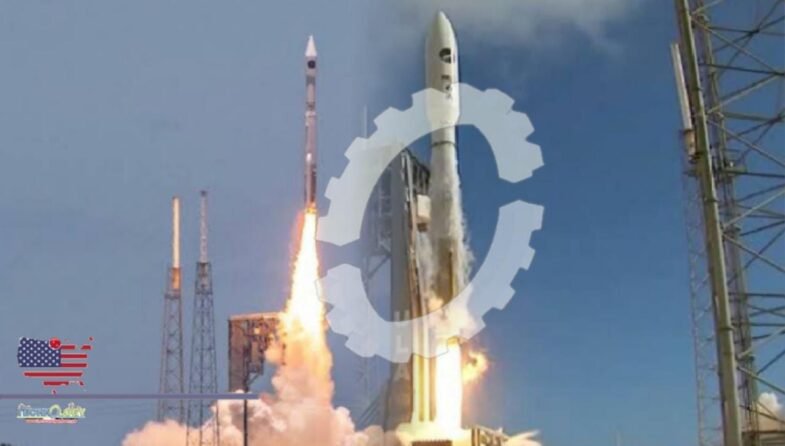The U.S. Space Force launched a host of experimental payloads into orbit along with a NASA satellite Dec. 7 as part of the Space Test Program.

Nine Space Force payloads selected by the Defense Department’s Space Experiment Review Board were integrated with the Space Test Program-6 satellite, or STPSat-6.
The primary payload was the Energy Department and the National Nuclear Security Administration’s Atmospheric Burst Reporting System, built to provide an improved ability to detect nuclear detonations. Also on board was NASA’s Laser Communications Relay Demonstration payload, designed to demonstrate laser communications for the civilian space agency.
While not all of the payloads were identified, the Space Force said they covered a host of capabilities, including space domain awareness, weather and more. Northrop Grumman acted as the primary contractor for the spacecraft.
STPSat-6 was launched out of Cape Canaveral Space Force Station on a United Launch Alliance Atlas V rocket. Originally slated for a Dec. 5 launch, the mission was pushed back due to a fuel leak in the ground equipment.
“STP-3′s successful launch and acquisition is a remarkable achievement for the entire team,” Col. Brian Denaro, program executive officer for space development, said in a statement. “This mission advances military and civil experimentation objectives by demonstrating next generation space technologies in nuclear detonation detection, space situational awareness, weather, and communication by providing critical data needed to reduce risk for future space programs. It’s the perfect example of how SSC is collaborating to bring exciting new space capabilities to the Space Force, our mission partners, and the warfighters we support.”
The launch mission also carried the Space Force’s Long Duration Propulsive ESPA (LDPE)-1 spacecraft into orbit. This is the first of multiple planned LDPE missions, and it uses a modular setup that enables it to host multiple experimental payloads and prototypes in geosynchronous orbit.
The Space Force refers to the system as a “freight train to space.” The program is overseen by Space Systems Command’s Rapid Development Division within the Development Corps. LPDE-1 payloads feature space domain awareness, communications and space weather sensing capabilities.
Source: c4isrnet